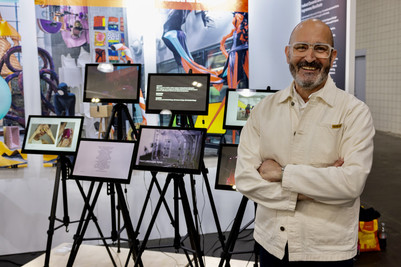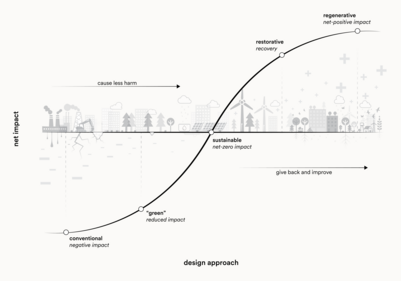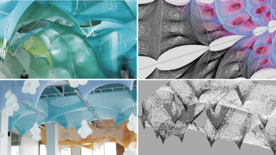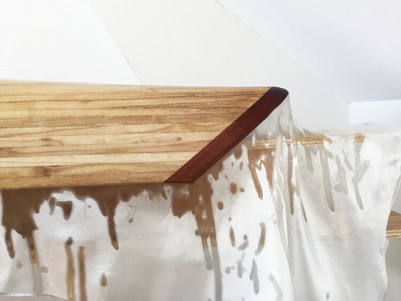
New book - Original climate solutions
New book brings together some of the best climate solutions from researchers, lecturers and students at the Royal Academy. The book testifies to the academy's work with the UN's world goals, and demonstrates why architecture, design and conservation are the key to a sustainable transformation.
Less business as usual, more focus on solutions we do not yet know. This is how the mantra at the Royal Danish Academy has sounded for a long time. Now the book 'Climate - Building Resilience in the Era of Climate Change' brings together a selection of recent years' creative proposals for climate solutions.
The UN's world goals are a joint venture
Through interview conversations and cases, the book shows how architects, designers and conservators relate to and work with climate change in study projects, teaching and research. Back in 2016, the Royal Danish Academy was the first Danish research and education institution to make the UN's world goals a joint venture, and the book is a testament to this many years of work, says Rector Lene Dammand Lund.
“The book provides examples of how we can build a stronger and more sustainable society with new knowledge and original solutions. And it makes it abundantly clear why architects, designers and conservators play a crucial role in the big task, which is to emit less CO2 and deal with the consequences of climate change.”
Untraditional reading
In the book, architecture researchers describe, for example, how we can create high-quality building elements out of low-quality wood with the help of a CT scanner. The book also shows how conservator and architecture students help to transform a dilapidated half-timbered house on Bornholm into a beautiful and sustainable building. And in an interview, design associate professor Else Skjold talks about how the designers of the future can set the fashion industry on a sustainable course.
“The book comes with a string of suggestions on where and how we can respond to climate change. It is clear that the link between aesthetics and sustainable materials and forms of production fills much of the architecture and design of the future. It is untraditional and creative reading, ”says Kristoffer Lindhart Weiss, director of the Danish Architectural Press, where the book was published.
Read excerpts from the book
RawLam: More wood in the architecture
More wood is needed in the new construction of the future. But it requires the construction industry to become better at using wood of different qualities than it is today. In the RawLam project, researchers at the Royal Danish Academy - Center for IT and Architecture have investigated how we create high-quality building elements from low-quality wood. The RawLam project shows how to use a CT scanner to determine the quality of the wood that enters a sawmill and use that knowledge to match the material with the needs of the construction sector: Some beams must have a high load-bearing capacity, while others must carry less weight, and therefore can without problems be of a lower draw quality.

RawLam
The Apprentice's House: New life in old buildings
We must safeguard the planet's scarce resources. And we do this, among other things, by extending the life of the buildings we already have.
In the project The Apprentice's House, architecture and conservator students in collaboration with engineering students and craft apprentices show how to transform a dilapidated half-timbered house from the 19th century on Bornholm into a beautiful, sustainable building. The students investigate the house's construction technique, history and phenomenology, when the different parts are built, what colors the house has been painted with over time, make energy calculations on it and build different craft solutions on the house.
The Apprentice's House
Fashion on a sustainable course
The textile industry is one of the world's most resource intensive and polluting. Design lecturer Else Skjold explains in an interview how the designers of the future can think sustainability into a fashion industry that today is characterized by an unconscious use-and-throw-away culture. According to Else Skjold, it is, among other things, about creating products that provide much higher value in the use phase than most clothes do today. In addition, the clothes must be able to be part of a circular economy, because it is intended to be circular from the start.













